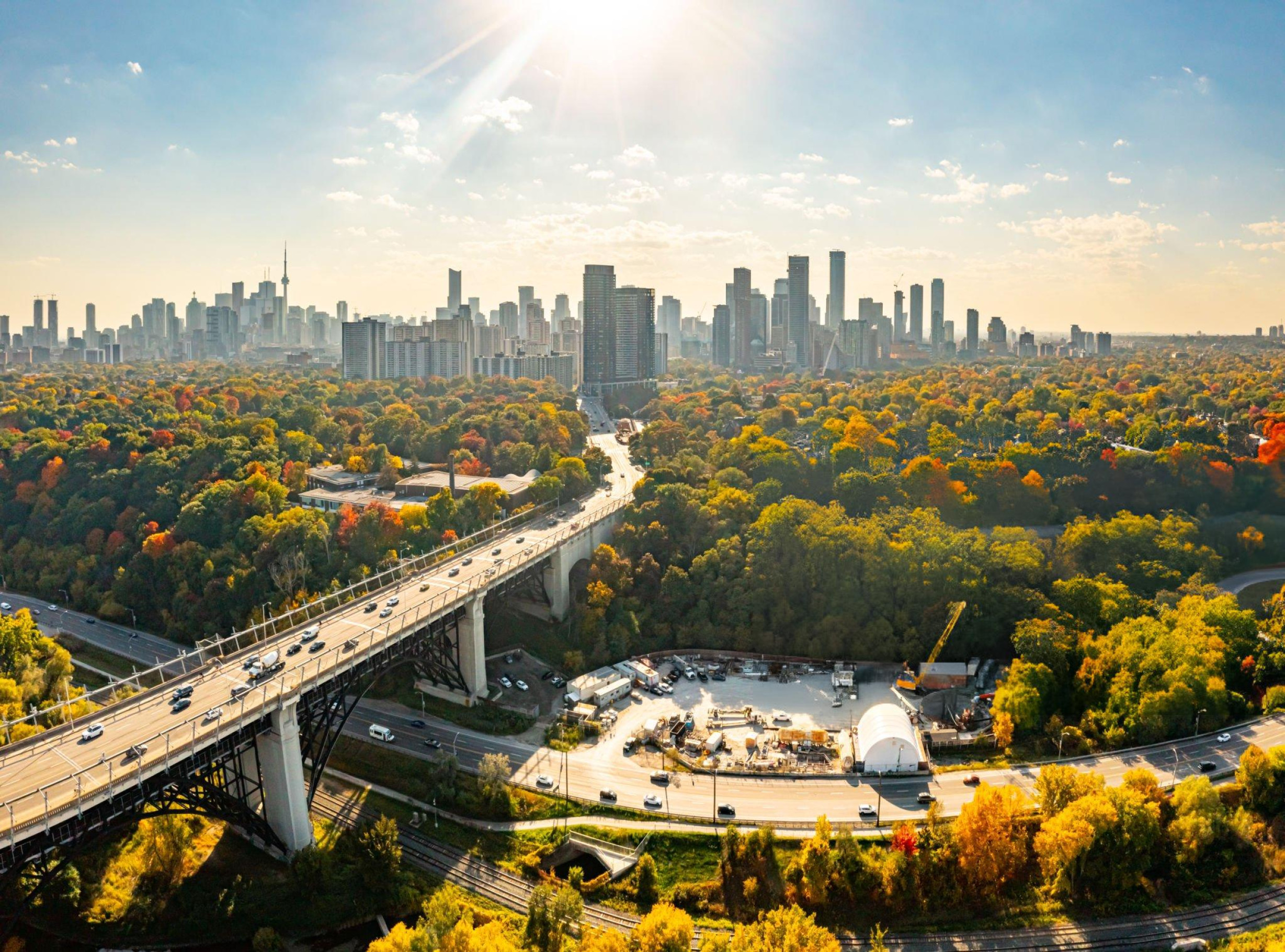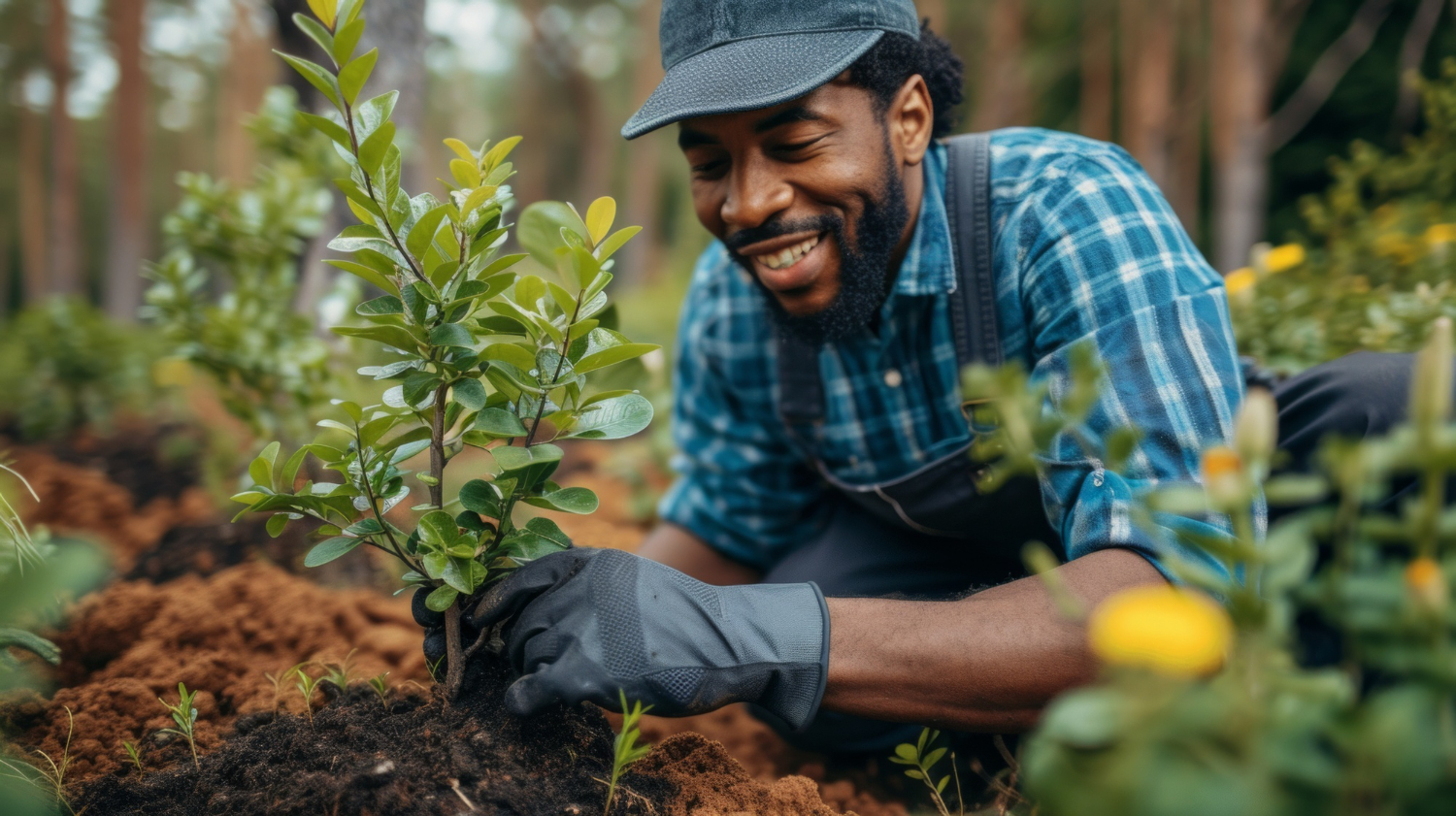Urban trees are more than just a touch of green in concrete jungles. They are the lungs of cities, the guardians of health, and the keepers of balance. As urbanization increases, trees become essential for maintaining livable and sustainable environments.
The Role of Urban Trees in Improving Air Quality
Trees absorb carbon dioxide and release oxygen, purifying the air we breathe. Their leaves trap dust, smoke, and pollutants, reducing the effects of urban smog. A single mature tree can absorb up to 48 pounds of CO₂ each year. In cities filled with vehicles and industries, trees serve as natural air filters, improving respiratory health and reducing pollution-related diseases.
Cooling the Urban Heat Island Effect
Cities are often hotter than surrounding rural areas due to concrete surfaces and limited vegetation. This phenomenon, known as the urban heat island effect, can make cities several degrees warmer. Trees provide natural shade and release water vapor through transpiration, cooling the air. Planting more trees in cities can lower temperatures, reduce energy use, and minimize heat-related illnesses.
Enhancing Mental Health and Well-being
Green spaces and tree-lined streets have a calming effect on the human mind. Studies show that spending time around trees reduces stress, anxiety, and depression. Urban trees encourage outdoor activities like walking and jogging, promoting physical health. They also foster community interactions and improve overall happiness, making cities more livable and peaceful.
Supporting Urban Biodiversity
Urban trees provide habitats for birds, insects, and small mammals. They create mini ecosystems that support biodiversity within cities. These living spaces maintain ecological balance and contribute to pollination, which benefits urban agriculture and green spaces. Preserving and planting diverse tree species ensures a healthy, resilient urban ecosystem.
Reducing Noise and Promoting Peace
Traffic, construction, and daily hustle make cities noisy. Trees act as natural sound barriers by absorbing and deflecting noise. Dense tree belts near roads and buildings can reduce sound levels by up to 10 decibels. This helps create quieter neighborhoods and improves sleep quality for city residents.
Boosting Economic Value and Aesthetic Appeal
Tree-lined streets increase property values and attract more visitors. People are drawn to areas with greenery, as they appear cleaner, safer, and more inviting. Businesses near green spaces often see higher customer engagement. Additionally, trees reduce maintenance costs by preventing soil erosion and managing storm-water runoff.
Combating Climate Change Through Carbon Sequestration
Urban trees play a vital role in fighting global warming. They capture carbon dioxide, store carbon, and help offset emissions from urban activities. Large-scale tree planting projects can significantly reduce a city’s carbon footprint. Trees are long-term investments in a sustainable and climate-resilient future.
Creating Sustainable Cities for the Future
The integration of trees in urban planning is no longer optional—it’s a necessity. Governments and city planners must prioritize tree preservation and green infrastructure. Encouraging citizens to plant and care for trees can create a greener, healthier future for generations to come. Urban trees are silent heroes of city life. They clean our air, cool our streets, calm our minds, and connect us with nature. As cities continue to expand, protecting and planting trees should be at the heart of urban development. The greener our cities become, the brighter our future will be.




